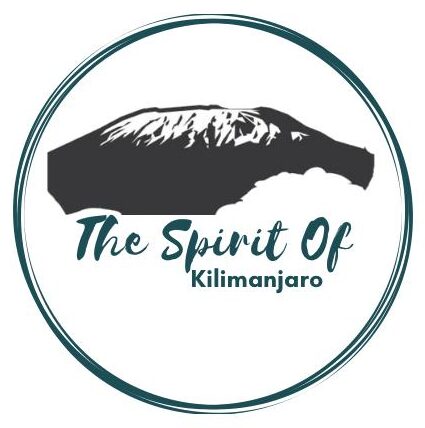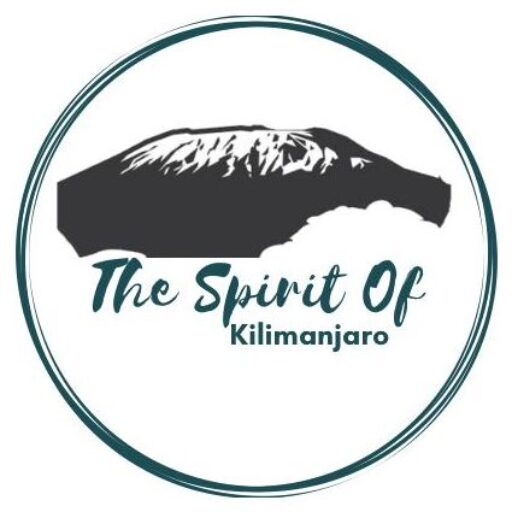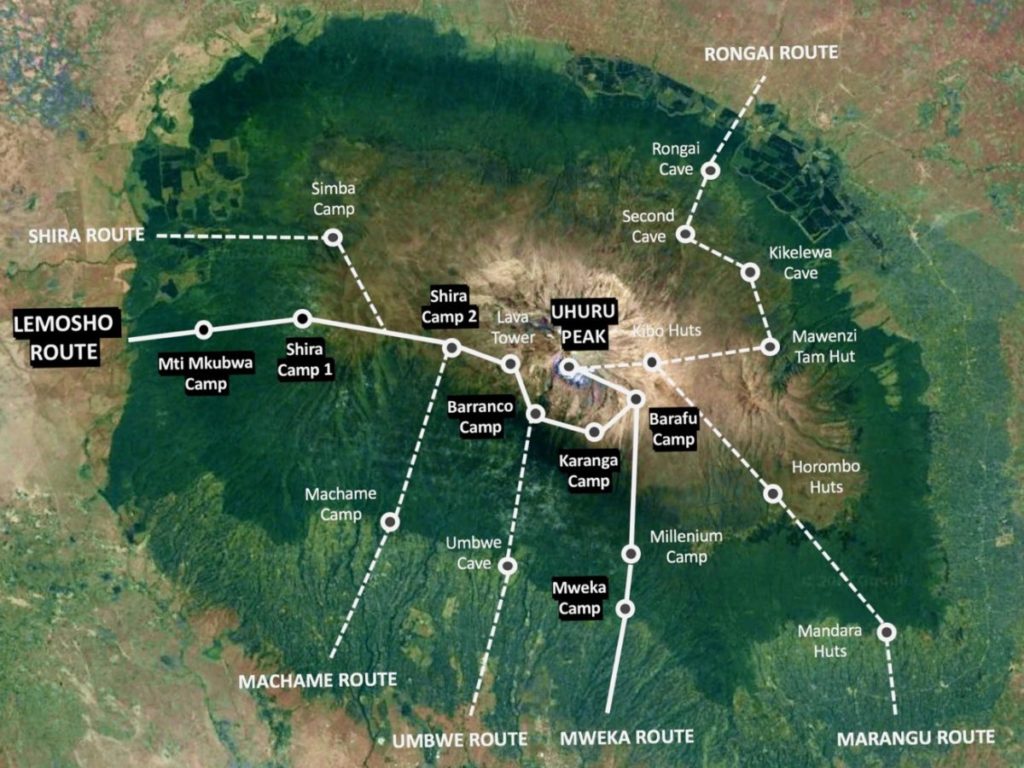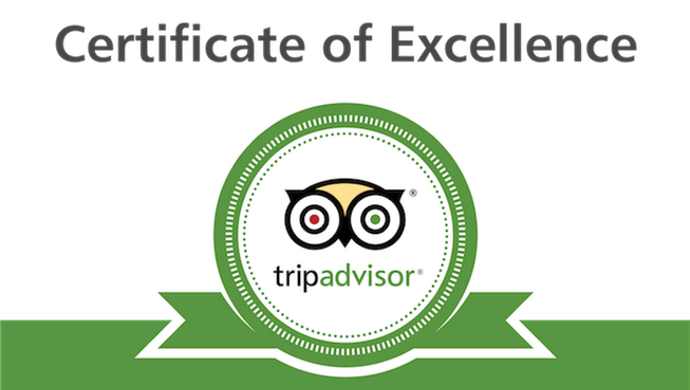Climbing Mount Kilimanjaro
Climbing Kilimanjaro Routes
Climbing Mount Kilimanjaro—the smartest free-standing mountain in the world—has been a decoying adventure candidate for over a century. Glacier-covered peaks dissolve into alpine meadows, which, in turn, separate the frightful mass of leafy rainforests from the darker flumes that cover the slopes of this volcano.
Climbing Mount Kilimanjaro Guide
- Best Time To Climb Mount Kilimanjaro
- Mount Kilimanjaro Quick Facts
- Mount Kilimanjaro Routes
- Preparing and Training for Climbing
- Getting to Tanzania
- Climbing Equipment and Gear List
- Accommodation in Tanzania
- Safety on Kilimanjaro
- Mount Kilimanjaro Climbing and Camping Conditions
- FAQ - Frequently Asked Questions
- Packing List
Climbing Mount Kilimanjaro-the really smart free-standing mountain in the world-has been decoying adventure- candidate for over a century. Glacier-covered peaks dissolve into alpine meadows, which, in turn, difference the frightful mass of leafy rainforests and darker flumes that cover the slopes of this volcano.
Climbing Mount Kilimanjaro is an indelible experience.
Here, backpackers enjoy the phenomena of African nature through varying climatic zones and so the experience culminates because the morning sun gleams off the snow-covered glaciers at the height of the topmost point of the African main.
For outside the backpackers reaching the height may be a crucial life achievement. Multiple of them put a great deal of allowed into the decision to climb Mount Kilimanjaro. After all, it’s a long trip to a remote country in Africa.
Also, compared to other hiking journeys throughout the globe, Mt Kilimanjaro’s adventures are high-ticket. Together combined, of these things make it necessary to plan your trip precisely.
There are multiple holdings to allow about while planning your Kilimanjaro rise.
Lack of data, and, therefore, failure to form proper potions is that the main reason why indeed juvenile and fit backpackers sometimes fail to succeed in the height. On the opposite hand, armed with the proper information, ramblers of all epochs and fitness places confidently make their thanks to the top.
In addition,
there there are multitudinous operators who market Mt Kilimanjaro too aggressively, often failing to tell the mountaineers about the specified safety measures and preparation. The hiking challenge is normally described as “ easy” and something is ever told about high-altitude acclimation and its impact on hikers.
Everything is formed to maximize the number of punters
, while safety aspects are hourly forgotten.
As the number of these wanting to climb Kilimanjaro is rising, we decided to form this guard in order that unborn adventurers can avoid common threats. It answers the foremost ordinarily asked questions what is “ high altitude acclimation”; what stuff is wanted; what is the simplest time for a cushy and safe Kilimanjaro hike and the way to prod to Kilimanjaro. Our guard also explains the differences between Kilimanjaro climbing routes, gives you a sneaker sight into the inner workings of a successful climbing trek, and prepares you for the camping experience.
In short, the simplest time to go to Mt. Kilimanjaro
is from early June to late September and from late December to late February. These times are short on rain and sunny ultimate of the time, which matches an extended thanks to assuring the simplest views and a cushy climb.
Getting to Tanzania
Different international airlines operate flights to Tanzania. Recommended options include Turkish Airlines, Qatar Airways, Ethiopian Airlines, KLM Royal Dutch Airlines and Fly Dubai.
Kilimanjaro Airport
Kilimanjaro International Airport(JRO) is the most popular tourist gateway in Tanzania. It is the best choice for Kilimanjaro trekkers because the mountain is located nearby.
Climbing Mount Kilimanjaro Map and Routes
While parts of a number of Kilimanjaro climbing routes overlap, each has its own attraction. Varying degrees of physical challenge and acclimatization opportunities are offset by magnificent views and, sometimes, traded off for greater privacy on the less frequented treks.
Choosing the proper route is critical for your summit success. Below we are giving a brief description of every route, examining its pros and cons.
Machame Route
Machame is the second hottest route on Kilimanjaro. it’s often busy during peak season. Featuring excellent acclimatization and great views it’s a very good route to think about . confirm to settle on the 7-day program. A shortened 6-day version of Machame, while cheaper, has one among rock bottom success rates.
Marangu Route
is the foremost popular and difficult route for a Kilimanjaro climb. Though crowded sometimes, it’s the sole route that gives huts- instead of tents- for your overnights. the very fact that ascent and descent follow an equivalent path won’t be felt like an obstacle, because the views are ever-changing under the African sky.
Lemosho Route
Lemosho route combines excellent acclimatization and high scenic value. Because the route trailhead is sort of remote only a few local operators run this trek. The 7-day option is very recommended.
Climbing Mount Kilimanjaro Quick Facts
| Height: | 19,340 ft (5,895 m) | ||
| Size: | 60 miles x 40 miles (100 km x 65 km) | ||
| Location: | Tanzania, near Kenyan border in East Africa | ||
| Volcanoes: | Kibo, Mawenzi, Shira | ||
| Ecosystems: | Bushland, Forest, Heath, Alpine, Arctic | ||
| Nearby Cities: | Moshi, Arusha | ||
| Nearby Airport: | Kilimanjaro International Airport (JRO) |
Preparing and Training for Climbing Mount Kilimanjaro
Fitness for Climbing Mount Kilimanjaro
Though climbing Mount Kilimanjaro doesn’t require special mountaineering skills, the experience is going to be more enjoyable and memorable if you’re in good physical shape. this is often to not say that you simply must be an athlete- if you’ll comfortably walk up to fifteen km per day, you’ll consider yourself physically prepared for a Kilimanjaro adventure.
At an equivalent time, there are some basic exercises that will maximize your fitness level for the Kilimanjaro hike.
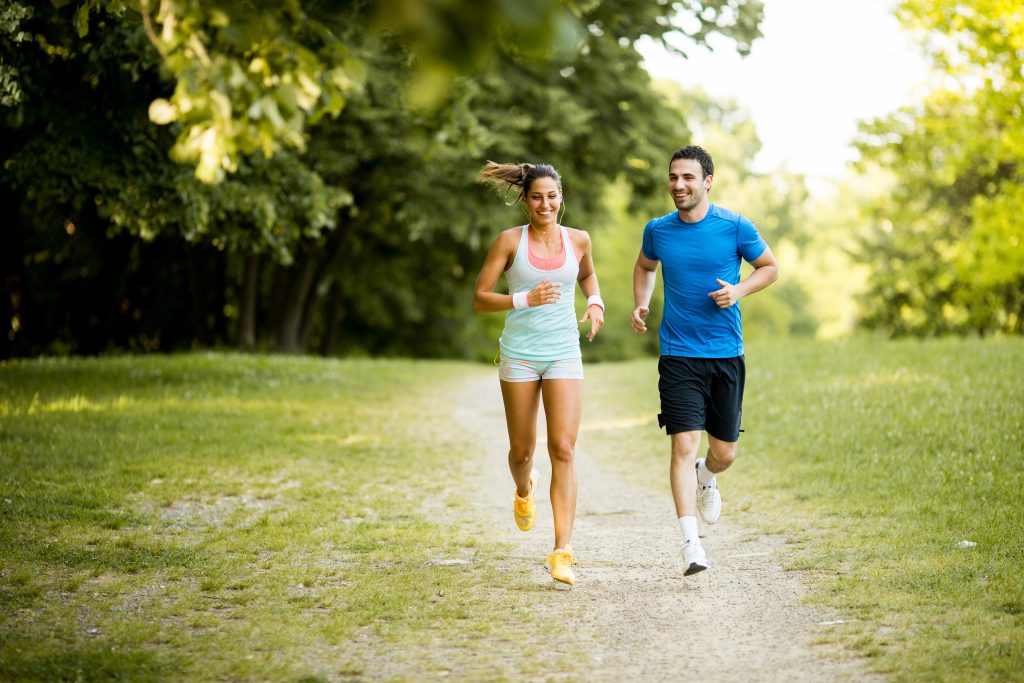
Cardio (aerobic) training
The purpose of cardio training is to stimulate and optimize your body’s oxygen consumption. having the ability to trek without being unduly in need of breath despite high altitude goes an extended way towards making the climb more enjoyable.
Good samples of cardio training include jogging (or running on a treadmill), swimming, martial arts, and cycling. They train your cardiovascular system, making it better prepared for using limited amounts of oxygen efficiently.
If you haven’t practiced any aerobic activity for a short time, our advice is to start out training 2-4 months before the beginning of your Kilimanjaro adventure. If, however, you’re training rather regularly, you ought to just keep the regime.
At an equivalent time, we recommend giving yourself an opportunity to exercise for a few weeks before the climb.
Mistakes of the physically fit climbers
Those who are in excellent shape are particularly susceptible to overextending themselves by hiking too fast, especially on the primary days of the trek. This has often been seen to end in the fittest climbers, including professional athletes, throwing in the towel of the climb after 3-4 days, while the less fit members of the group would have gone on to summit successfully. The importance of allowing sufficient time for acclimatization can’t be overstated!
Remember: an honest fitness level helps you tackle fatigue, but it only features a moderate effect on your acclimatization transition. However suit you could also be , always walk slowly.
Hiking trips in the countryside
Essentially, Mount Kilimanjaro’s adventure may be a long hike over often rugged mountain terrain with many up-and-downhills. Making a couple of day trips (hiking time should be 5-10 hours) within the countryside may be a great way to know what lies ahead and prepare yourself.
Moreover, if you purchase new boots for your Kilimanjaro climb, these trips are going to be an honest thanks to breaking them in. Using previously unworn hiking boots can easily detract from one’s enjoyment of the mountain by giving one sore and blisters.
Climbing Mount Kilimanjaro Equipment and Gear List
While camping equipment is provided by your guiding service, you’ll be liable for bringing your personal hiking and clothing gear. Your choice will largely determine the comfort and safety of your Kilimanjaro experience.
On this trip you’ll be traversing five different climatic zones,
starting from the rainforest with its hot and humid conditions to the glacial planes at the highest with their sub-zero temperatures. you ought to be adequately prepared.
In short, your hiking gear pack should include light clothes for the primary days of your adventure, warmer ones for the center leg, and a sturdy and warm outfit for the summit night. Remember to require an insulated waterproof jacket, pants, and rain poncho because tropical showers aren’t that infrequent on Mt Kilimanjaro. an honest bag is an absolute must. Overall, you ought to be ready for the recent (+25 C°) days and cold (-15C°) nights.
High-quality, sturdy hiking boots are especially important.
you’ll not hike Kilimanjaro in training sneakers, though it’s advisable to bring them along for walking at camp. Quality hiking boots that are well broken will make all the difference on your thanks to conquering the very best point in Africa.
Buy high-quality gear only. This does necessarily mean that specializes in world-class brands- there are many affordable alternatives. However, don’t consider the cheapest models and fakes. make sure that your boots are neither too big nor tight. this may make sure you avoid sores, blisters, and possible traumas.
Because buying everything could also be too costly you ought to also consider the choice of hiring some items or the entire kit on the spot from one among the Kilimanjaro rental shops.
Climbing Mount Kilimanjaro Packing List

CLOTHING AND HEADWEAR
High-quality trekking outfit
Your inner and outer layers for Kilimanjaro should be both warm and breathable. Cotton should be avoided and, once more , an honest fit will maximize your comfort. we might recommend the North Face, Mountain Hardware, and RedFox brands
High-quality trekking outfit
Your inner and outer layers for Kilimanjaro should be both warm and breathable. Cotton should be avoided and, once more , an honest fit will maximize your comfort. we might recommend the North Face, Mountain Hardware, and RedFox brands

FOOTWEAR
Sturdy pair of hiking boots
The footwear you select for the hike is critical for your safety and summit success. Quality and well-fitting boots are a requirement . it’s advisable to interrupt them in before your Kilimanjaro adventure by making 2-3 simpler treks.
Sturdy pair of hiking boots
The footwear you select for the hike is critical for your safety and summit success. Quality and well-fitting boots are a requirement . it’s advisable to interrupt them in before your Kilimanjaro adventure by making 2-3 simpler treks.

ACCESSORIES
Headlamps, trekking poles, and other items
Your Kilimanjaro packing list should also include durable and powerful trekking poles, a headlamp with spare batteries, water bottles (or hydration bladders) and other essential items which will make your adventure safer and more convenient.
Headlamps, trekking poles, and other items
Your Kilimanjaro packing list should also include durable and powerful trekking poles, a headlamp with spare batteries, water bottles (or hydration bladders) and other essential items which will make your adventure safer and more convenient.
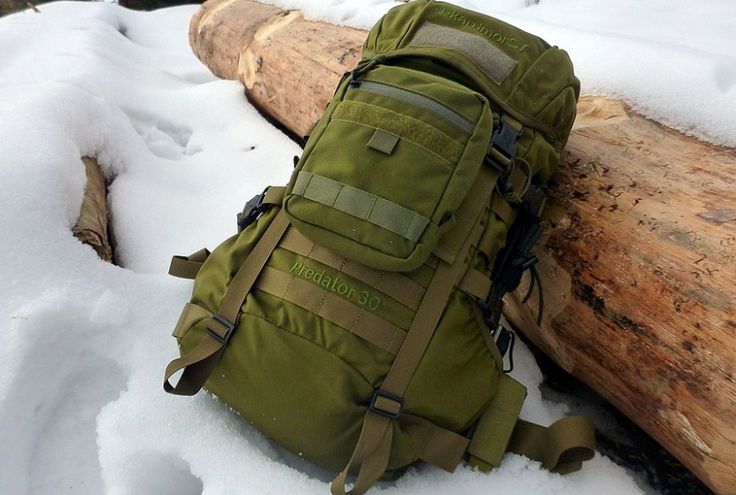
Packing List
Make sure you pack everything you need for your Kilimanjaro adventure. Pay attention to the following:
Documents:
- Passport, valid for 6 months or more
- Visa, unless you are eligible for visa-on-arrival
- Yellow fever vaccination, if you are traveling from a country with a risk of yellow fever transmission
Hiking gear
Pack your Kilimanjaro outfit – check our article to ascertain what gear and clothing you’ll need for this trip. And remember- poor-quality equipment and hiking boots that haven’t been broken are fail-proof thanks to turning what should be the journey of a lifetime into disaster.
Personal medication
If you’ve got any medical conditions, consult your physician before undertaking the climb and confirm to bring the medications you’ll require. While your guides are going to be equipped with standard medical kits designed to handle all common emergencies, you ought to look out for any special medical requirements, i.e. insulin or antiallergens.
Snacks
Though all meals and drinks are provided on the trek, having an inexpensive amount of snacks and energy bars of your choice isn’t a nasty idea.
Climbing Mount Kilimanjaro Routes
There are six routes resulting in the height of Kilimanjaro. Each route has something special to supply. Some are known for nice acclimatization, others for epic panoramic landscapes. Two of them – Lemosho and Machame – are our favorites. They combine great acclimatization transition and high scenic value. Though Machame is usually crowded, Lemosho is usually an excellent choice. you ought to not, however, think that the opposite routes are bad. Despite the very fact that acclimatization on other routes could also be tougher, the hiking experiences are nevertheless unique.
Safety on Climbing Mount Kilimanjaro
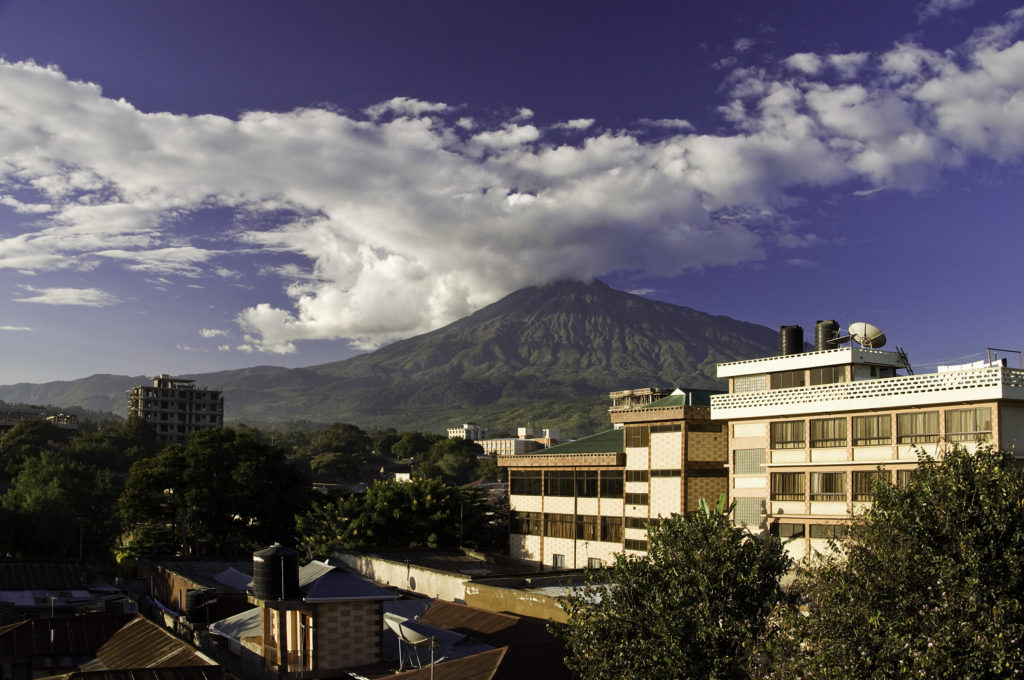
It is recommended to follow usual travel precautions when traveling in Tanzania: do not leave your luggage unattended, don’t hire unofficial taxis (use those provided by the hotel only), don’t give money to strangers posing for help or selling on the road (buy only in licensed shops instead).
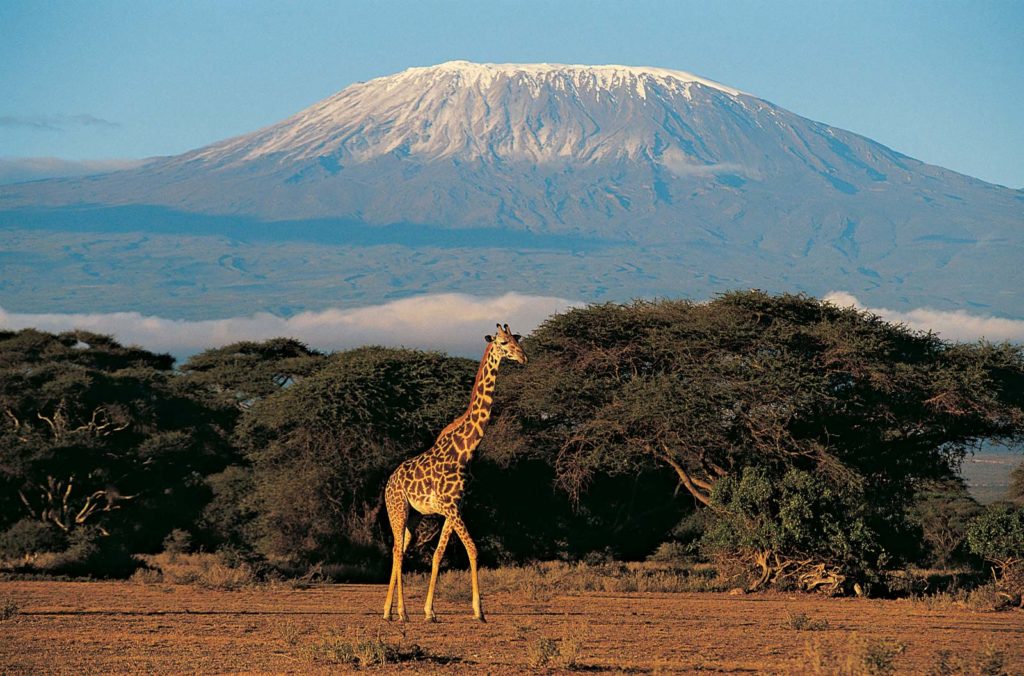
The wildlife of Kilimanjaro poses no threat to hikers. the foremost common species are monkeys, honey badgers, and galago’s (“bush babies”). you’ll be lucky to identify an elephant or a buffalo on the northern slopes, but these animals avoid contact with humans and you’ll likely view them from a secure distance.

Unless you’re entering Tanzania from a neighborhood where there’s a risk of yellow jack transmission (see this WHO list), there are not any vaccination requirements for entering the country. Yet, it’s recommended to possess shots for yellow jack, hepatitis (A and B types), rabies, and typhoid.
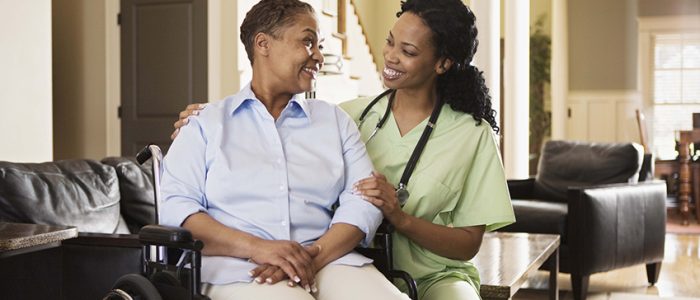
There are good hospitals within the Kilimanjaro and Arusha areas with qualified medical personnel. However, confine mind that certain medical services and standards, which are commonplace within the Western countries, are still unavailable in Tanzania. If you’ve got a significant medical condition, confirm to consult your physician before making travel arrangements.
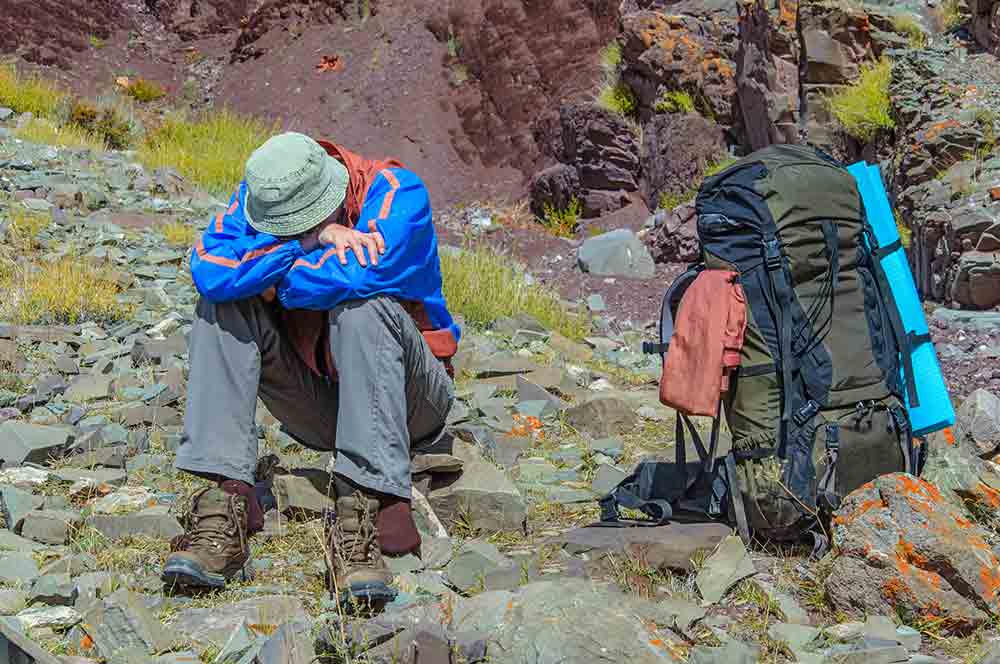
Altitude sickness may be a dangerous fitness resulting from exposure to low-oxygen conditions. Unless a climber is promptly evacuated upon showing signs of hypoxia , it’s going to take severe forms – high-altitude pulmonary oedema (HAPE) or high-altitude cerebral oedema (HACE). Inform your guide immediately if you begin feeling unwell. Your Kilimanjaro 360guide will perform two health checks on all climbers every day to work out how you’re dealing with the altitude and note your health status.
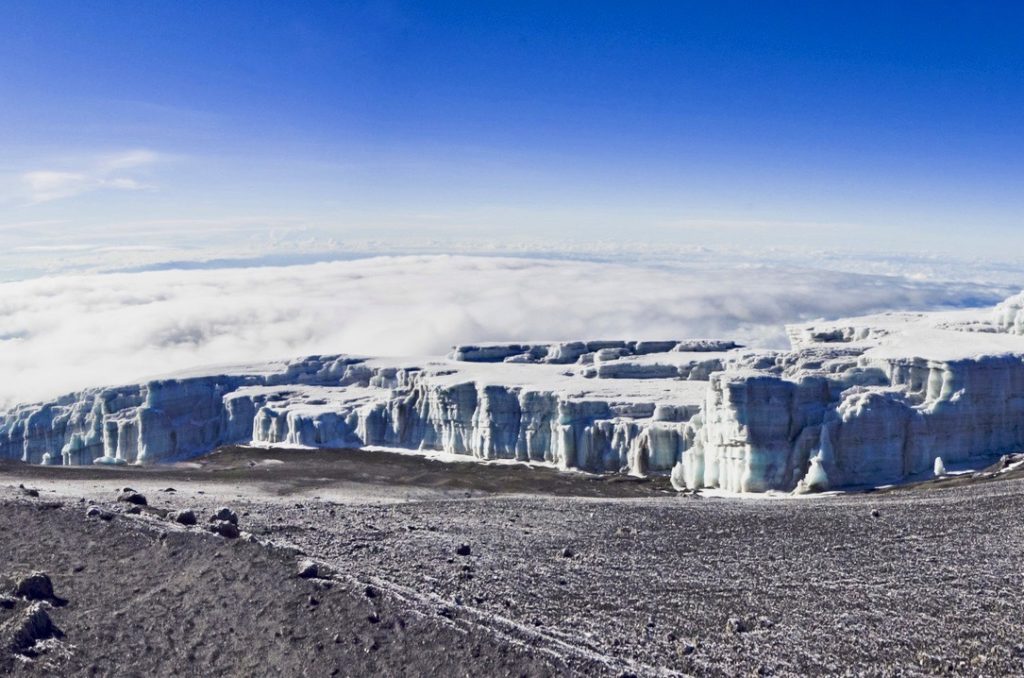
Choose longer trekking routes (7,8 and 9-day programs are better than 5 and 6-day ones). don’t walk too fast – ideally, your trekking pace should be twice as slow as your normal one. “Pole-pole” (walk slowly in Swahili) is going to be your climbing motto. Drink tons of water and avoid caffeine. Follow these simple rules and you’ll acclimatize smoothly and successfully.

Daily medical check-ups are vital. Every day in the morning and evening your Kilimanjaro 360 guide will measure your pulse and bodily oxygen level. In some cases, they’ll plan to use a stethoscope to concentrate to your lungs. However excellent you’ll feel, it’s important to attend these check-ups.
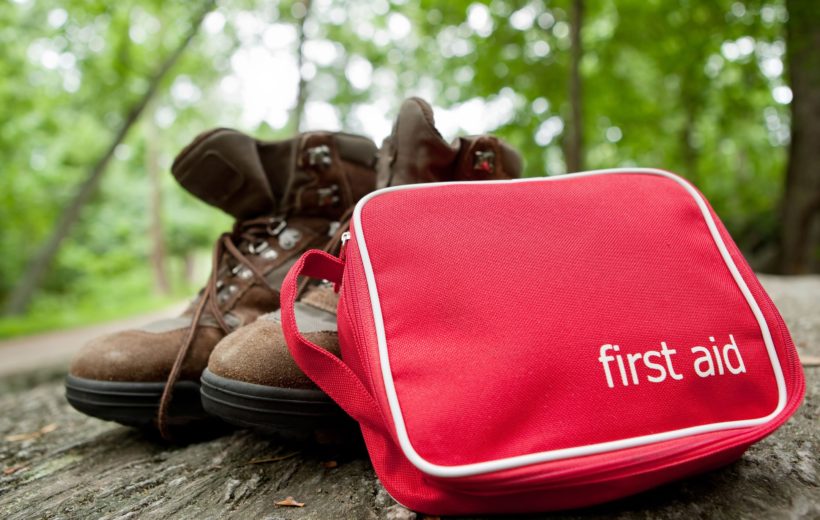
Kilimanjaro medical kits have common medications for typical disorders caused by the altitude transition, like nausea, diarrhea, and headache. Diamox is employed for creating altitude transition easier . If you need any kind of specialized medication, confirm to bring it with you.
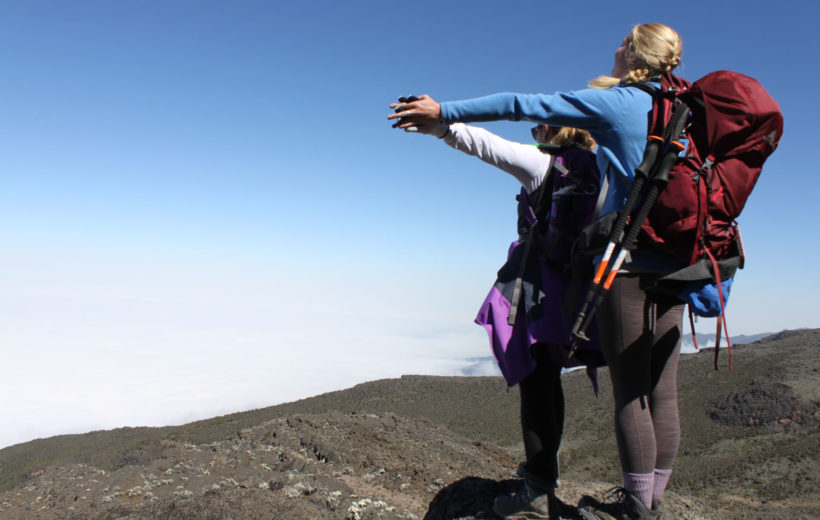
An outdoor sports insurance package can prevent tons of cash if something goes wrong. it’s an absolute must for all Kilimanjaro treks. The insurance should cover high-altitude trekking activities (up to six ,000 m/20,000 f) and helicopter evacuation. confirm to see together with your insurance provider. Also, it’s recommended to avoid booking with companies that don’t require travel insurance.
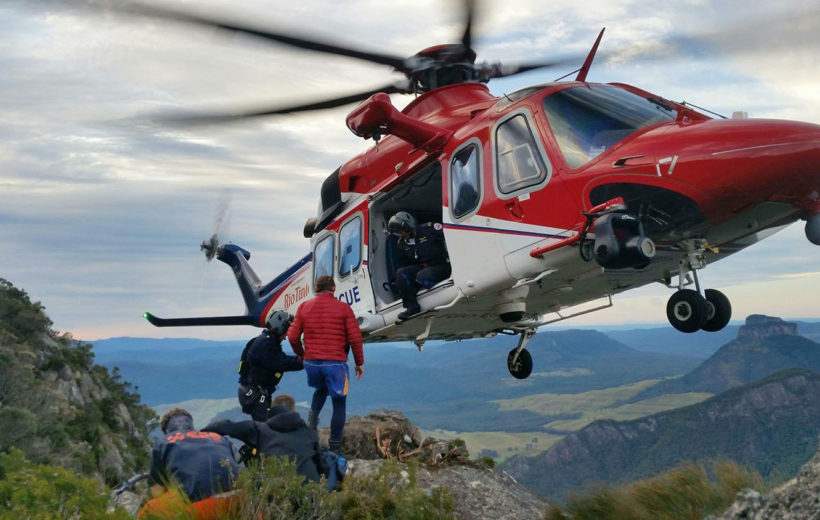
A climber suffering from high-altitude sickness should start descending immediately. In cases where the climber is not any longer capable of walking, stretchers are used for the descent to lower altitudes. the foremost severe cases may require helicopter transfers on to the hospital, which should be arranged by your operator. Kilimanjaro 360 has experience with helicopter evacuations, if you book with us you’ll make certain that this service is included. If you select to climb with another operator, ask about mountain rescue measures.
Climbing Mount Kilimanjaro and Camping Conditions
On most of your Kilimanjaro days, you’ll be reaching camp within the afternoon. By that point your camp crew will have everything ready for your stay – tents will are pitched and hot lunch prepared for you to replenish your strength. you’ll also find your duffle bag brought straight to your tent. the entire team will assemble within the dining (“mess”) tent at 18:00-18:30 for dinner. then , the guides will perform obligatory health checks and have a brief briefing about subsequent day’s program.
Free time on the mountain could also be occupied with pastimes of your choice.
Some prefer to socialize with fellow climbers, while others prefer solitary reading or taking note of music in their tents. That extra nap which will mean all the difference within the way you are feeling the subsequent day is usually an option. Your acclimatization are going to be growing with each new day spent on the Mountain, preparing you for the culmination of your trip – summiting at Uhuru Peak.
Do not ditch acclimatization hikes
They’re going to seriously boost your stamina and improve acclimatization on the thanks to Uhuru Peak, to not mention that they’re the foremost exciting pastime within the camp. The guides are going to be informing you about such hikes after the group arrives at the camp.
With spirit of Kilimanjaro, you get top-quality service without the inflated cost. Our goal is to work with you to form the right itinerary that supported your needs, abilities, and desires. we’ll assist you to plan every aspect of your climb, providing everything you’d like for a successful summit and enjoyable experience. Won’t you join us on the roof of Africa?
Get a Newsletter
* Join the newsletter to receive our best monthly deals
- CLIMB KILIMANJARO
- KILIMANJARO CLIMBING GUIDE
- MOUNT MERU CLIMB
- ARUSHA
- MOSHI
Enquire Today
Start Planning Your Tanzania Holiday
Please fill in all fields – an email will be sent with complete journey details.
